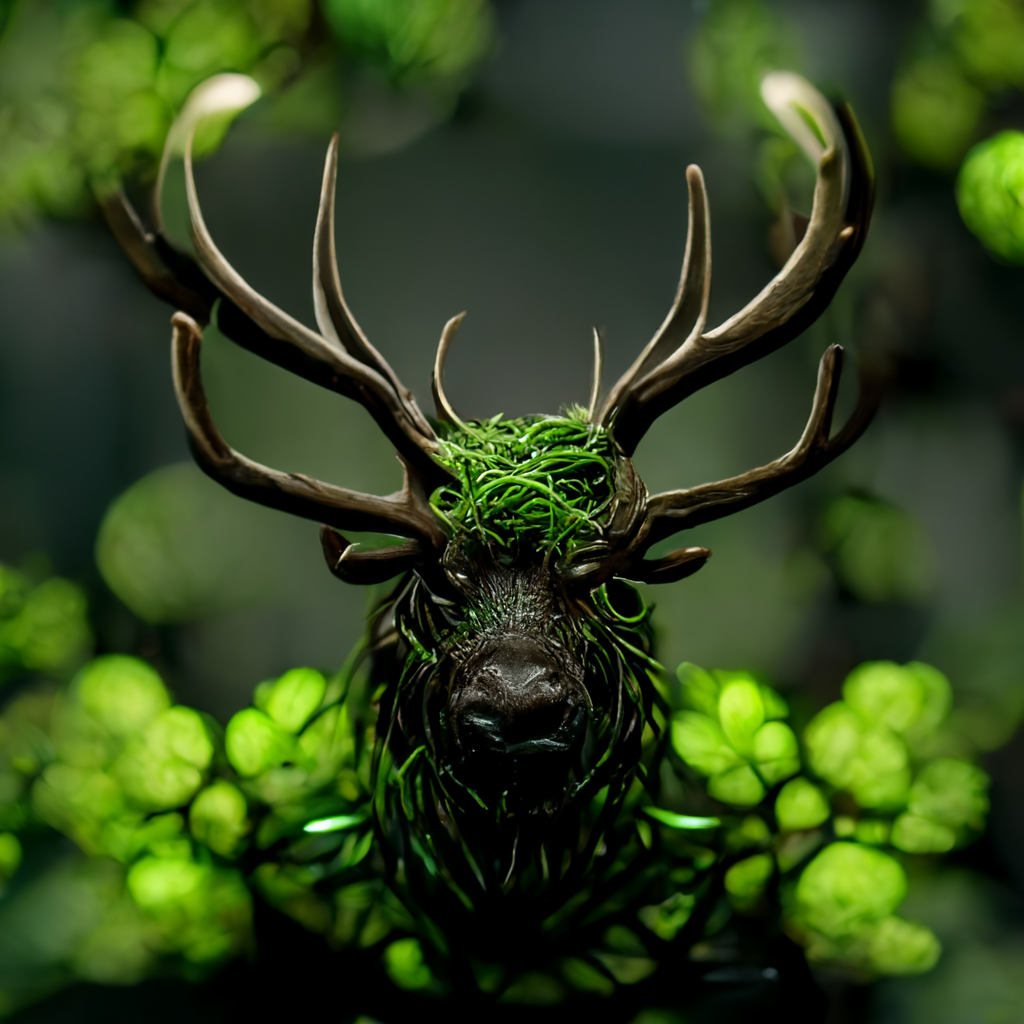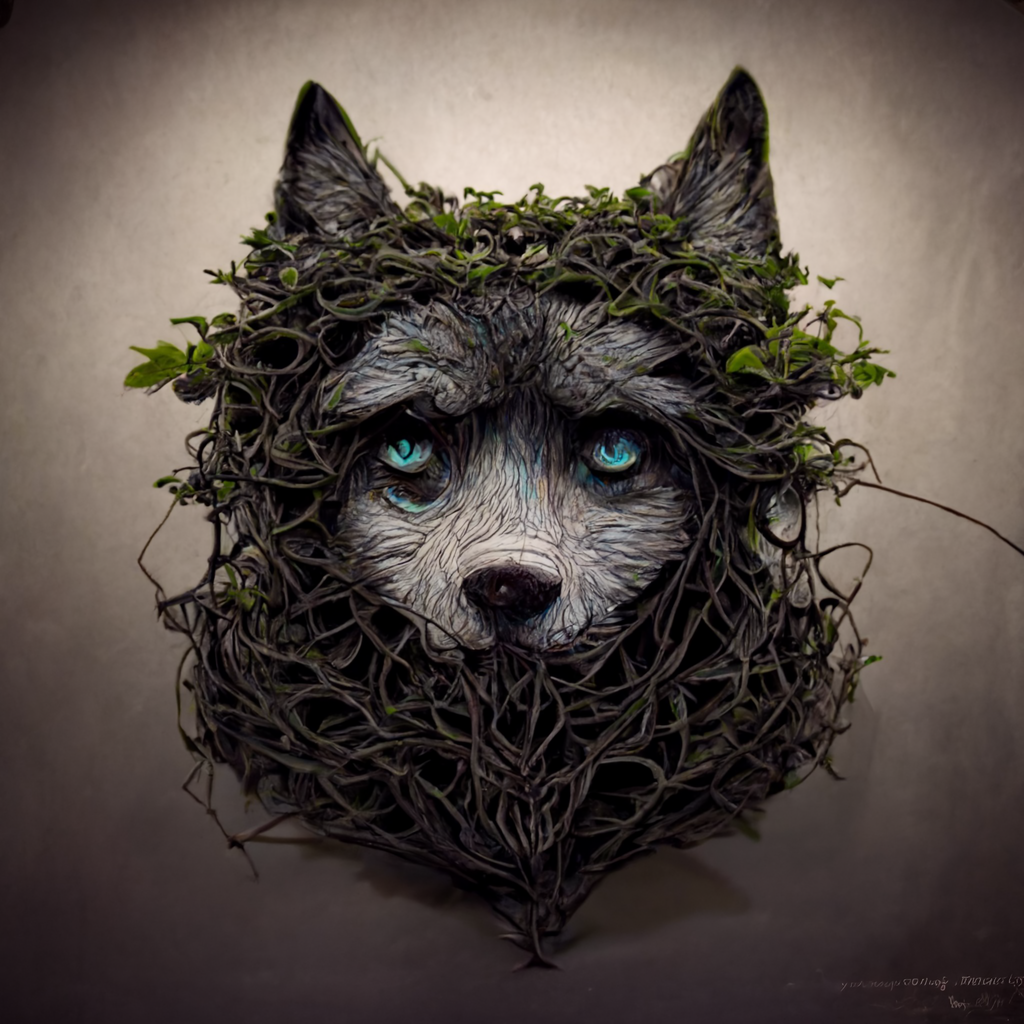Dryad
Botanical beings built of gnarled trunks, vines, and leaves, with branches for antlers and layers of mushrooms, starmoss, and lichens for fur.
It's uncertain if dryads are capable of shapeshifting and have chosen to adopt forms based on native woodland creatures or if they've evolved this way. While they may look like animal-plant hybrids, dryads are botanical biologically, and rely on the help of other species in order to reproduce. They are a collective and depend on the mycelium and the mycorrhizal networks of the forests to communicate among themselves and with the forest itself. They are territorial creatures, most often reclusive, with a tendency to adopt clandestine defensive measures to protect themselves and their native habitat.
"They looked like normal creatures of the forest: bears, elk and moose, wolves and foxes, even boars and bobcats. There were dragons and kirin, owls and eagles, and raccoons. But these were no ordinary woodland creatures. They weren't of the forest; they were the forest. Finally, Salem and I understood. This was the heart and soul of the Everwild."
It's uncertain if dryads are capable of shapeshifting and have chosen to adopt forms based on native woodland creatures or if they've evolved this way. While they may look like animal-plant hybrids, dryads are botanical biologically, and rely on the help of other species in order to reproduce. They are a collective and depend on the mycelium and the mycorrhizal networks of the forests to communicate among themselves and with the forest itself. They are territorial creatures, most often reclusive, with a tendency to adopt clandestine defensive measures to protect themselves and their native habitat.
Basic Information
Genetics and Reproduction
In early spring, females will bud and blossom, spilling seeds over themselves and upon the ground. Males will sense these, either because of proximity or by pheromones for up to a square mile. Males will then pollinate, either the female carrying seeds, or the pockets of seeds on the ground. Once each has served their part, however, propagation is left to fate. They abandon seeds and saplings to rely on the Mother trees and mycorrhizal network to make their way in their new life. After hundreds of years, Spring dragons, fairies, pixies and, to some extent, sprites will hunt for viable seeds and bury them in an effort to assist the dryads. It's beneficial to them as well, since dryads provide a layer of protection to the forest that is surpassed by few.
Additional Information
Perception and Sensory Capabilities
Communication is accomplished via telepathy, and through "rooting" to connect to mycorrhizal networks. Dryads also seem to understand most languages, especially universal, or Common. Information travels slow through the networks, but it's efficient, radiating outwards, and in a matter of hours, hundreds of dryads can be called upon to assist and defend.
Symbiotic and Parasitic organisms
- Fairies
- Pixies
- Sprites
- Dragons
- Mundane forest dwellers




Comments